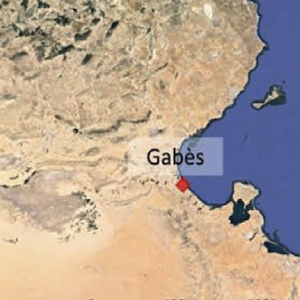Impact of agricultural management on salts accumulation in dryland soils of central Tunisia

HTML: 25
All claims expressed in this article are solely those of the authors and do not necessarily represent those of their affiliated organizations, or those of the publisher, the editors and the reviewers. Any product that may be evaluated in this article or claim that may be made by its manufacturer is not guaranteed or endorsed by the publisher.
Drylands represent about one-third of the global land and mainly occur in Africa and Asia. Because of the arid conditions, dryland soils are characterized by salt accumulation. Although salt-affected soils are unsuitable for agriculture, some arid lands have been cultivated for a long time. However, especially in the last decades, because of the increasingly warmer climatic conditions and human migration toward favorable environments, a progressive abandonment and degradation of drylands has occurred. Therefore, it is necessary to assess the effects of cultivation on saline soils to develop appropriate soil management techniques to ensure their fertility. This work aims to evaluate the evolution of salinization from currently cultivated soils to soils that have been abandoned for different lengths of time in arid areas of central Tunisia. Morphological and physicochemical properties of the studied soils indicated that the cultivation, through irrigation and the presence of soil cover, reduced salt accumulation in the upper soil horizons. Salt leaching towards deeper horizons and depressed evaporation, which reduced capillary rising, maintained electrical conductivity within tolerable values for most crops. Conversely, the abandonment of previously cultivated fields compromised soil fertility, threatening soil conservation and stabilization of agricultural production in the medium to long term.
How to Cite

This work is licensed under a Creative Commons Attribution-NonCommercial 4.0 International License.
PAGEPress has chosen to apply the Creative Commons Attribution NonCommercial 4.0 International License (CC BY-NC 4.0) to all manuscripts to be published.

 https://doi.org/10.4081/ija.2023.2186
https://doi.org/10.4081/ija.2023.2186







